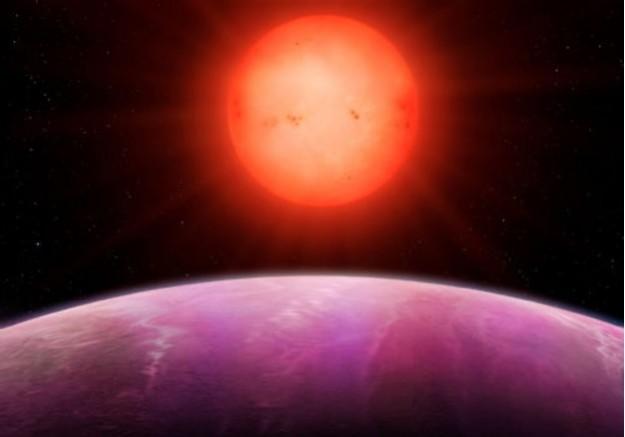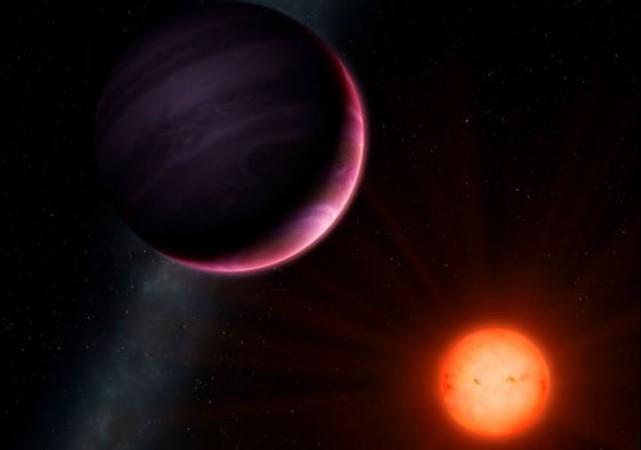Scientists were of the assumption until now that a small star is not capable of forming a giant planet but it has been proven wrong by a new research. It has been discovered that a huge planet with the size of Jupiter revolves around a dwarf star, shocking the astronomers.
According to a research by the University of Warwick in collaboration with astronomers, an unusual planet NGTS-1b has been found orbiting a small star with a radius and mass half that of Sun. It has baffled scientists as theories of planet formation state that a planet of this size could not be formed by such a small star though it can form rocky planets.
Also read: NASA's Dawn mission finds signs of ancient ocean on dwarf planet Ceres
NGTS-1b is a gas giant planet situated 600 light years away from our solar system and is as large as the Jupiter though around 20 percent less in mass. It is very close to its star – just three percent of the distance between Earth and the Sun – and orbits it every 2.6 days, meaning a year on NGTS-1b lasts two and a half days, said the study.

The giant planet with an approximate temperature of 530°C, or 800 kelvin was found using the Next-Generation Transit Survey (NGTS) - a wide-field observing facility made of a compact ensemble of telescopes, designed to search for transiting planets on bright stars - run by the Universities of Warwick at the European Southern Observatory's Paranal Observatory in Northern Chile.
"The discovery of NGTS-1b was a complete surprise to us - such massive planets were not thought to exist around such small stars. This is the first exoplanet we have found with our new NGTS facility and we are already challenging the received wisdom of how planets form," said Dr Daniel Bayliss, the lead author of the research, in a statement.
"Our challenge is to now find out how common these types of planets are in the Galaxy, and with the new NGTS facility we are well-placed to do just that."

Professor Peter Wheatley said that there could be there are possibilities of finding many such monster planets as small stars are most common in the universe.
"Having worked for almost a decade to develop the NGTS telescope array, it is thrilling to see it picking out new and unexpected types of planets. I'm looking forward to seeing what other kinds of exciting new planets we can turn up," said Wheatley.

















